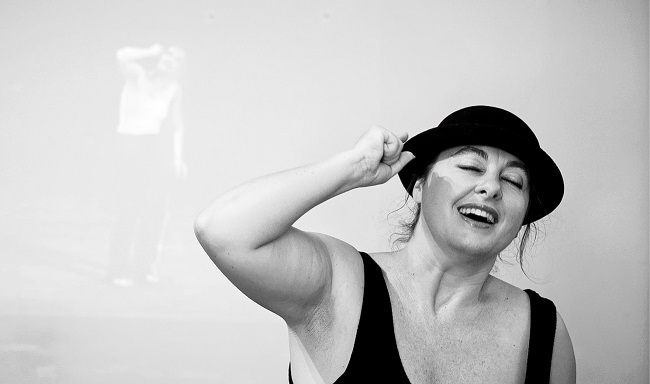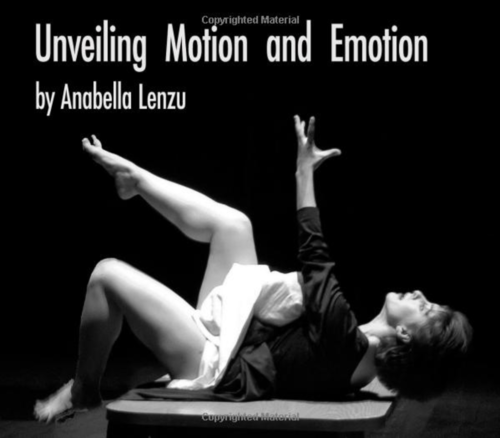Interview by Tiziano Thomas Dossena (Courtesy of OperaMyLove magazine)
Originally from Argentina, Anabella Lenzu is a dancer, choreographer, writer, and teacher with over 30 years of experience.
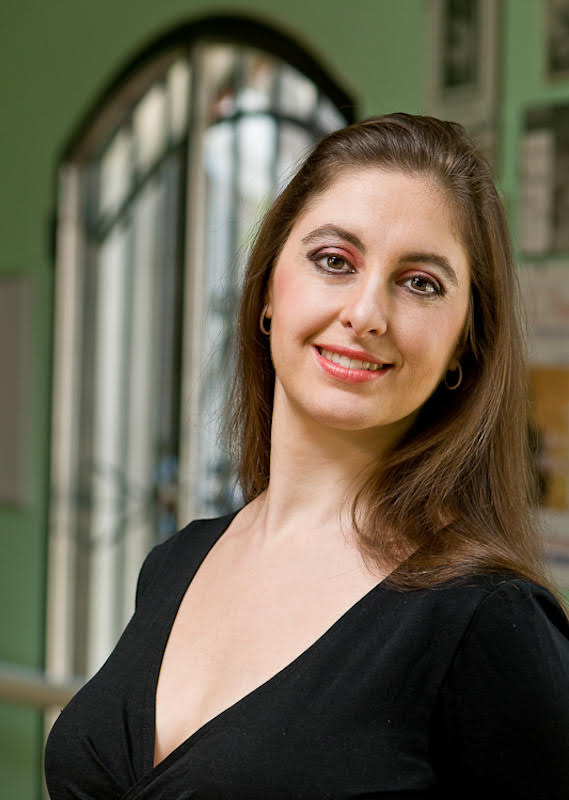
Lenzu directs her own company, Anabella Lenzu/DanceDrama (ALDD), which since 2006 has presented 400 performances, created 15 choreographic works, and performed at 100 venues, presenting thought-provoking and historically conscious dance-theater in NYC.
As a choreographer, she has been commissioned all over the world for opera, TV programs, theatre productions, and by many dance companies. She has produced and directed several award-winning short dance films and screened her work in over 150 festivals both nationally and internationally.
She has received grants from Brooklyn Arts Council, Puffin Foundation, Rockefeller Brothers Fund, Edwards Foundation, The Vermont Community Foundation, and the Independent Community Foundation.
Her first book, Unveiling Motion and Emotion, was published in 2013. Her second book, Teaching Dance through Meaningful Gestures, is expected to be published in 2022.
Currently, Ms.Lenzu conducts classes at NYU Gallatin, School of Visual Arts, California State University Fullerton, and Peridance Center. Anabella is a board member of the American Dance Guild and Pioneers Go East Collective, and on the Selection Committee for the Bessie’s Awards since 2020.
“Lenzu has been described as an “Argentine firecracker” which nicely sums up her large, passionate nature as well as her intense commitment to the creative process. She has developed a beautifully integrated approach to dance and theater which will continue to serve her and her fine company going forward.”
— New York Arts article by Mari Gold
Tiziano Thomas Dossena: Hello Annabella. You are originally from Argentina, but your parents were Italians, weren’t they?
Anabella Lenzu: I lived and worked in Italy (Rome and Naples) from 2002 to 2006.
I love Italy!!! My dad was Italian. He emigrated with my grandparents to Argentina after the Second World War. My grandmother’s family was from Benevento & my grandfather’s family was from Sant’Antioco, in Sardegna.
From 2002 to 2005, I was the Mary Poppins of dance in Italy. I traveled by train with my suitcase full of dreams between Rome, Caserta, Capua, Santa Maria Casalnuovo, Benevento, Fonti, and Naples, sharing art, culture, and experiences. On any given day I would teach in two or three cities—Rome, Naples, and Caserta (covering a total distance of 300km). Tireless and adventurous, I learned dialects, traditions, and superstitions, and visited secret historical sites… I also found many kindred spirits along the way.
In Italy, I connected with my roots as the daughter of Italian immigrants who came to Argentina in 1952.
I arrived in Southern Italy in 2002 and was invited to local parties and festivals, where I learned the traditional dances from the people dancing in the streets. I polished my technique with professional artists, who taught me the traditional dances of Naples, Calabria, Puglia, and Benevento: tammurriata, pizzica, calabrese tarantella, tarantella of Monte Marano, and saltarello. These dances reflect agricultural practices, religion, superstition, and even local politics! It was a great privilege to learn firsthand from Raffaele Cioppa, Francesca Trenta, and Mario Cerchi. Anita Bucci, director of the company “Balletto 90” in Rome, invited me as a choreographer to create a multi-disciplinary work with 10 musicians, 25 dancers, and two actors. Called “La Donna nel cerchio che balla” (“The woman dancing in the circle”), the piece was aimed at bringing the audience face to face with its dying folk dances and folkloric traditions. So began my work of translating this folklore and training contemporary dancers. It was with great pleasure and respect that I studied and discovered the folklore of Southern Italy, although I always found it strange to be a foreigner teaching Italians their own traditions!
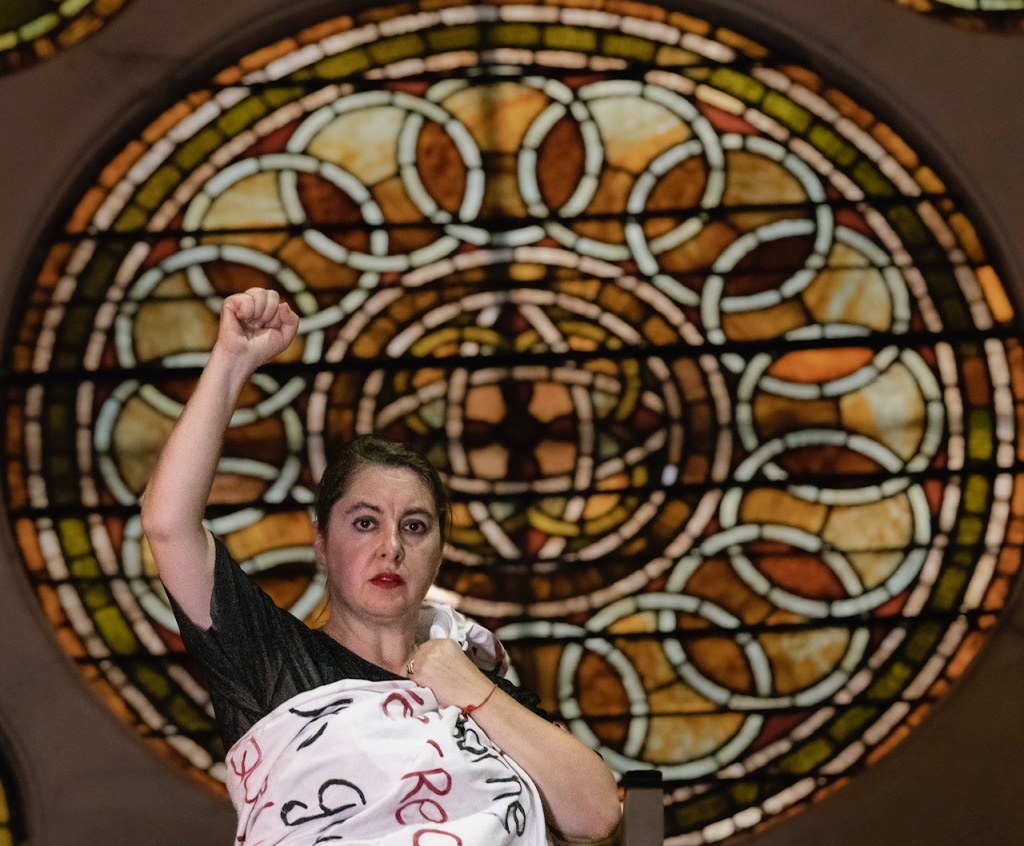
Tiziano Thomas Dossena: Did you always know you would be going into dancing? Did you study dance in Argentina?
Anabella Lenzu: Dance underlies all that I am If you believe in reincarnation, I have been dancing for an eternity!! For me, dance is the union of a person with his interior. It is a communion with oneself, with others, with the environment, and with life. Through the crystal prism of dance, one can understand life. My love, devotion, dedication, and passion have led me to travel across the world, enriching myself with experiences.
I’ve never wanted to be a sheep. Thanks to my mother and father Antonio and Graciela, I have developed an active critical faculty. I don’t believe what they are selling me on TV. I don’t follow fads. I study, see and reflect. That’s why I dedicate myself to art. As a choreographer, I celebrate, meditate, respond, protest, scream, cry, and laugh about life through dance. I use dance to make the audience experience, feel, think, and emote.
As a dance educator, I seek to reconnect people with the joy of dance. I love to see people bloom and develop. I am not only teaching movement but also guiding dancers in rediscovering why they dance and what they dance about.
Tiziano Thomas Dossena: In 1994, you founded your own dance school, L’Atelier Centro Creativo de Danza, in Buenos Aires. How many years did you teach at your school? Did you continue to teach in other countries?
Anabella Lenzu: Teaching is a passion for me. I am a dedicated educator and truly enjoy guiding my students to make discoveries and find their own voices through movement. Regular classes, workshops, and residencies both in-person and online include Dance-Theater, Ballet, Modern, Argentinean Tango, Choreography/Composition, Repertory, Dance History, Dance Criticism, Anatomy, and Methodology of Teaching in more than 50 institutions since 1994, including universities, professional dance studios and companies, festivals and symposiums in USA, Argentina, Italy, and Chile. I have been teaching in higher education since 2005. From 2020 to the present, I created and directed the Online Choreographic Mentorship Program.
I founded L’Atelier: Centro Creativo de Danza in 1994 and directed the school until 2001. L’Atelier was established as a center for dance where students develop a sensibility for art and where ethical and aesthetic knowledge are combined with the joy of creating through a holistic and humanistic approach. I established and refurbished a 4,000 sq. ft. rehearsal and performance space with two studios, a monthly performance series, and community outreach programs, handling all publicity and studio bookings. Furthermore, I managed and produced successful fundraising and benefit events. I developed the curriculum for the entire school, which gives dance instructor certification. I selected and coordinated 5 full-time faculty members and administrative assistants. I planned and developed a certificate program in experimental performance, recruited over 350 students, designed a full-time curriculum, taught classes in dance, advised student projects & choreographed work on students. In addition to developing the curriculum for L’Atelier, in Italy I collaborated with the dance schools DanzArte, Movimento Danza, and Projetto Arte to develop their Modern Dance and Ballet curriculum. I have also been a consultant for various dance schools and Universities addressing curriculum and programming issues.
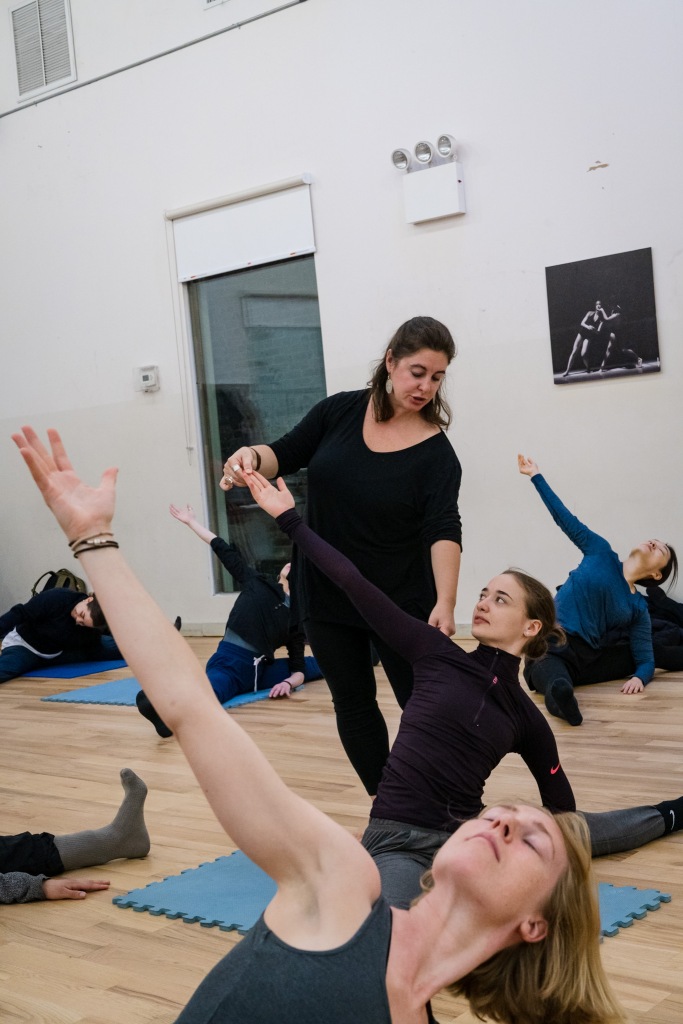
Tiziano Thomas Dossena: Youhave been commissioned to create choreography for opera. What operas did you prepare your choreographies for?Which one did you find the most challenging?
Anabella Lenzu: As a choreographer, I have been commissioned all over the world, for opera, TV programs, theatre productions, and by many dance companies, such as Anna Sokolow Theatre/Dance Ensemble (New York) and Movimento Danza (Naples, Italy). I have been performing and teaching in Argentina, Italy, England, Chile and the US, showing my own work and collaborating with other dance companies as a freelance choreographer.
I choreograph for traditional Operas like Il Pagliacci, and Cavalleria Rusticana, as well as experimental/ Avant Garde operas like Mata Hari in NYC.
It has been a journey of exploration and self-analysis being the guest choreographer for Mata Hari Opera production, sharing my creative process, inspiration, and artistic quest.
With the magic of giving shape to an idea, an emotion, or an opinion comes great responsibility. Sharing my work with others provides the ultimate fulfillment, allowing me to broaden my search and crystallize my views on whatever moves me deeply.
Like an artisan, with each choreographic section, I refine and explore ideas through movement and examine how to communicate.
This is not the first time that I have choreographed an opera. Previously, I created dances for “Il Pagliacci” by the opera director Guy Ariel Kruh (Paris/France) in Buenos Aires, Argentina in 1998. Later that same year I choreographed “Cavalleria Rusticana” by Bahia Blanca Symphonic Orchestra under the direction of Eugenia Gallego in Bahia Blanca, Argentina.
I also choreographed the “Notre dame de Paris” musical in Sardegna, Italy in 2003, as well as being a guest choreographer for many theater productions, TV programs, and dance companies in Argentina, Italy, and the USA.
I would like to talk about the relationship between Dance and Music. As a choreographer and maker of metaphoric images and sensations, I understand the power of dance as a language.
How does one balance the meaning of the lyrics in the song when there is a powerful movement and visual effects at the same time? Words are specific, movement is subjective.
As an audience member, there is a choice to make with your attention. Imagine someone massaging you when to are eating a piece of steak while smelling roses at the same time.
I remember my choreography teacher Mary Anthony talking about using music without lyrics because words are your direct intellectual competitor.
What about when the lyrics are in a foreign language for that audience? Alternately, what is the effect if the lyrics and audience speak the same language?
Like husband and wife, music and dance share the same bed but are two different people choosing to live together.
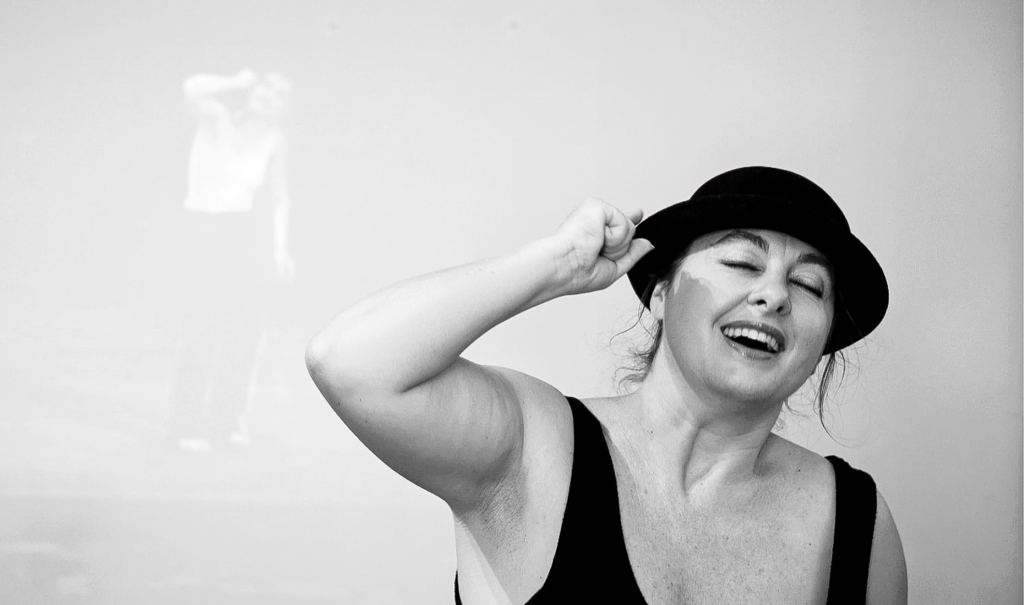
Tiziano Thomas Dossena: You studied Tango and the folk dances of Argentina, Spain, and Italy. What prompted your interest in these dances? How much do these studies influence you when creating your choreographic works?
Anabella Lenzu: I believe the study and practice of some form of folkloric dance are essential to any dancer’s training. Why? I love folk dances because they genuinely conserve the creative impulses and essential ways in which we celebrate life (and death), and in so doing, they help us guess at the meaning of life. They transport us to another world and dimension and teach us about geography and culture. Layers of stories are preserved in a single gesture! They show us how movement can be cathartic for a whole society.
My own dance theater works are not folkloric per se, but they build on characters and stories inherent to folklore. These characters and stories inspire me and provide a solid, tangible point of departure for my exploration. Digging through my culture’s history and identity guides me as I strive toward universality of gesture and movement.
Tiziano Thomas Dossena: You have produced and directed several award-winning short dance films. Could you tell us more about them?
Anabella Lenzu: I produced and directed several award-winning short dance films and screened the work in over 200 festivals both nationally and internationally, including Argentina, Bolivia, Brazil, Canada, Cyprus, France, Greece, India, Indonesia, Ireland, Italy, Kenya, London, Mexico, Norway, Poland, Portugal, Romania, Serbia, Spain, Switzerland, United Kingdom, United States & Venezuela.
My husband, Todd Carroll, is a professional photographer. He is usually the one who films, and I direct him. We talk and discuss how much we want to show in the frame. Usually, I do several shoot “studies” with my phone first, and then Todd films it with a nicer camera.
To see trailers of my film visit: https://www.anabellalenzu.com/dance-films.
This pandemic changed all of us. Whatever creative process I knew about, I threw it out the window. So, what is my creative process now in contrast to the past? For 30 years I have choreographed for the stage non-stop and right now, because of the pandemic, I started creating dance films in my home because it is a place where I feel safe, even though the space is limited. I live in a small apartment in Williamsburg, Brooklyn. I have 2 kids, a husband, a dog, and many belongings. It requires a lot of planning but at the same time I am very interested in exploring this environment that I live in, and I try to pour my personal and artistic life into this new creation. Since the pandemic, I have been studying filmmaking and video art at the School of Visual Arts, and I have also been doing a lot of research.
The pandemic forced us off the stage, and at this moment I can’t envision myself choreographing for the stage again! The stage isn’t the right fit for the ideas and images I’m working with now. The images are more cinematic in nature. In general, I’m a choreographer who uses strong images. Now I’m figuring out the length and how I frame these ideas. It also led me to frame the body in a different way. On stage, I perform and show my entire body, but now I can just choreograph with my face or my shoulder or with my elbows, or just my hands. So, it gives me more possibilities to reframe my body. I am also able to incorporate my private life into it. It’s not that my previous works were very different. In the beginning it was political, then it was more ritualistic, then more spectacular and in the last couple of years I found my work to be more along the lines of an autobiography. More recently, I’ve been diving deeply into my identity as an immigrant and as a mother, so my creative process has changed drastically.
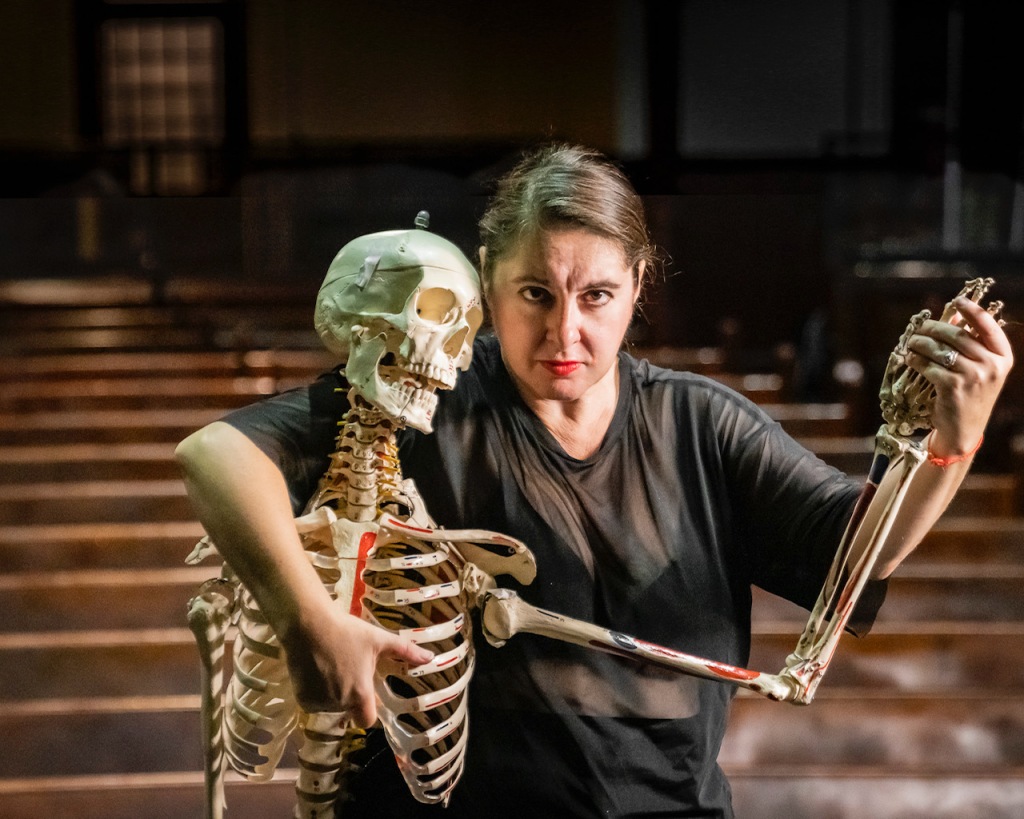
Tiziano Thomas Dossena: Do you have any personal quotes about dancing that you want to share with our readers?
Anabella Lenzu: I do:
- I consider the practice of any Art as a meditation on life.
- I dedicate my life to investigating the interior logic of performance and the role of a dancer in our culture today, using the 5 W’s and the H: Who, what, when, where, why, and how. My practice for 30 years is teaching, choreographing, dancing, and writing.
- Nothing gives me more fulfillment than to discover different processes of creation, becoming, and transformation.
- My curious mind and heart always lead me to a fresh beginning, where creativity helps me to transcend ideas and rules, creating meaningful methods.
- In each new adventure, I’m either creating a scene, a show, an education program, or a class. But how does one keep this boundless attitude after 30 years?
- There are periods when my inner child is fully awake and the generosity of my discoveries is easy to communicate and share with others, but there are periods when the candle is only half-lit, and that’s when my experience, practice, and mastery of craft, guide me like a blind person.
- It’s a precarious balance between my outer and inner state.
- Dance is a union with ourselves, with others, and with the environment.
- I celebrate, respond, protest, scream, cry, and laugh about life through dance.

Tiziano Thomas Dossena: You have written for various dance and art magazines, and published your first book in 2013, entitled Unveiling Motion and Emotion. Could you tell us more about your book?
Anabella Lenzu: For me, writing is not so much a pleasure as it is a civic responsibility, and as an educator, my perennial goal is to generate appreciation for and understanding of the arts and of artists. Putting these words on paper forces me to be honest with myself.
As a choreographer, I celebrate, meditate, respond, protest, scream, cry, and laugh about life through dance. I use dance to make the audience experience, feel, think, and emote.
As a dance educator, I seek to reconnect people with the joy of dance. I love to see people bloom and develop. I am not only teaching movement but am also guiding dancers in rediscovering why they dance and what they dance about.
“My aim is to integrate mind + body + spirit; I write + choreograph + teach.”
We cannot control the weather, the economy, politics, what people think, or how our partner feels! The only thing we can control is our body, our own microcosm, and our attitude toward life.
I have had moments in my career as a teacher and choreographer that have been difficult—difficulties that were cultural, economic, and social—but I have always risen above the complications by thinking and reflecting on my role as one of service to dance, to art, to my community, and to my people.
In my quest for personal and spiritual growth, my enthusiasm has always led to paths of abundance and happiness. My impulse to learn, my need to see the world, and my desire to gain insight into this life and the next have led me to travel, teach, and share my experiences and my culture with others. I feel privileged and blessed to have been able to make a living as a choreographer, dancer, and teacher in Argentina, Chile, Italy, the United States, and the world.
I published“Unveiling Motion and Emotion/Revelando Movimiento y Emoción,” with photography by Todd Carroll, in 2013.
The book is bilingual (Spanish and English), and explores the importance of dance, community, choreography, and dance pedagogy. The photography by my husband Todd fully documents the performances and provides a glimpse into the creative process. This book wants to be an inspiration to dancers and teachers alike and is the first of its kind as a bilingual text on dance pedagogy.
Unveiling Motion and Emotion received an Honorable Mention in the category of Best Art Book/ Spanish or Bilingual from the International Latino Book Awards in San Francisco as part of the American Library Association Conference in June 2015.
“The narrative style of Lenzu tends toward the poetic and sometimes metaphysical. Sometimes it offers beautiful images like the great pioneers of Dance, Martha Graham or Mary Wigman, provided to their dancers and students.”
— DanceEurope, London
Tiziano Thomas Dossena: On your website, you define Art as a Political Act. Could you elaborate on that?
Anabella Lenzu: Choreography for me is an “Apparatus of Capture”, it is a way to capture a moment in time, sensations… an intimacy that the stage cannot provide me. It is another form of communication.
I look for different ways to capture the movement, and the emotions.
Art is a political act.
Dance is discipline and revolt.
My body is my country.
I react to my environment and use the body as a receptacle and messenger of the multiple realities that we are immersed in.
My work reflects my experience as a Latina/European artist living in New York and comes from a deep examination of my motivations as a woman, mother, and immigrant.
Performance is a conduit for examining cultural identity through form and content, as well as relationships between people and society.
I investigate the interior logic of performance and the role of a dancer in our culture today, redefining the parameters of dance and theater.
My works live inside and outside of the theatrical traditions and venues, as well as on the screen.
Tiziano Thomas Dossena: Are there any special projects you are working on that you would like to tell us about?
Anabella Lenzu: In November 2022, I will be teaching Choreography for the Camera Workshop Online via Zoom for Filmmakers, directors, choreographers, and dancers interested in dance film collaborations. Visit this link for more information: https://www.anabellalenzu.com/workshops
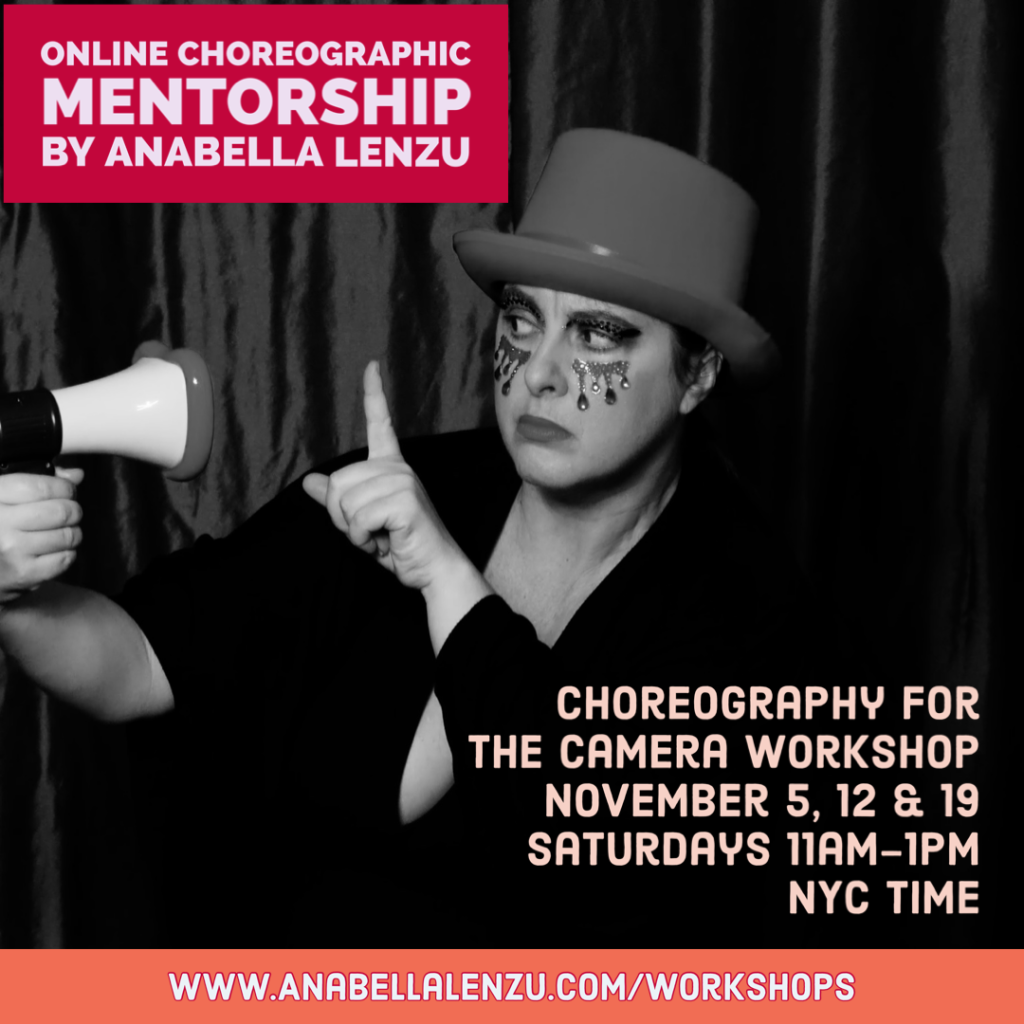
Tiziano Thomas Dossena: Three adjectives to describe you…
Anabella Lenzu: Feminist, Passionate & Relevant

Tiziano Thomas Dossena: A message for our readers?
Anabella Lenzu: Come to see my show on October 13-15, 2022 at the Sanctuary Space, The Center at West Park, Inc. For me, performing a LIVE full-length solo show again after two years is an opportunity for a meaningful encounter with my friends and my community. Thrilled to share all my research and work over the last 3 years with YOU! Join me!
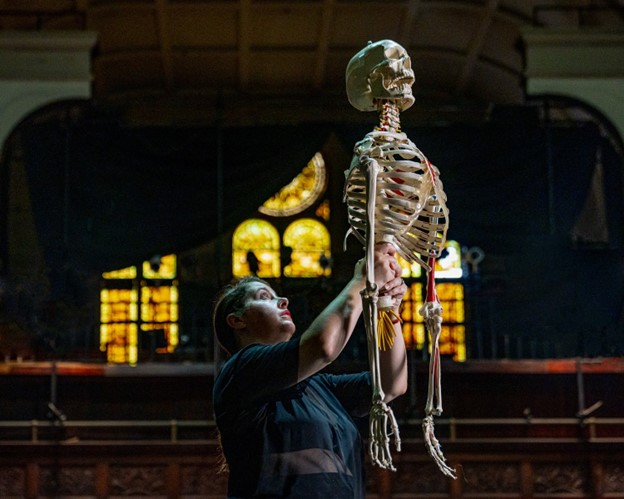
(165 West 86th Street, New York, NY 10024)
GET TICKETS HERE!


